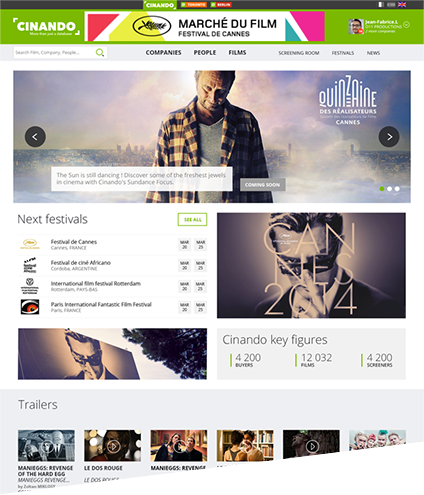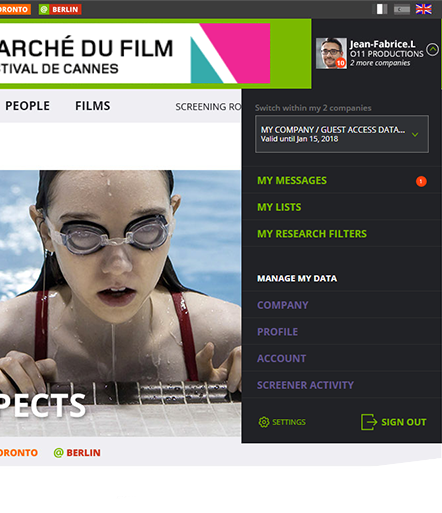ANTIPODE SALES & DISTRIBUTION LLC - as SALES All rights, World
Documentary - Completed 2015
“Revolution” Museum is not a simple assembly of objects, items and works of art. It is a depository of emotions, frustrations, trauma, insight, personal histories, and phenomena of creativity in extreme circumstances. It is an OPEN STORAGE– just like in a modern European museum













